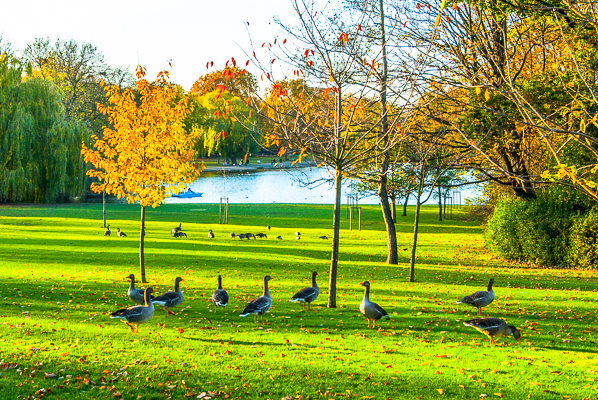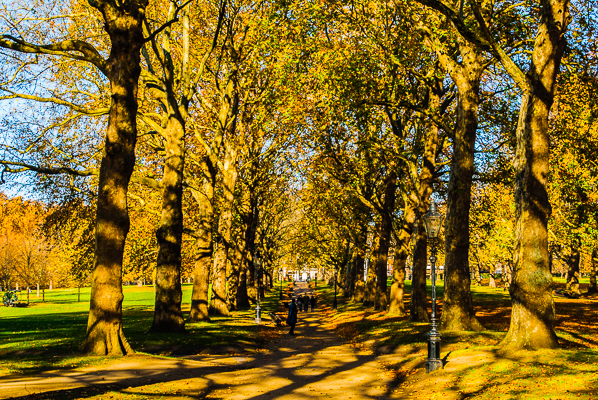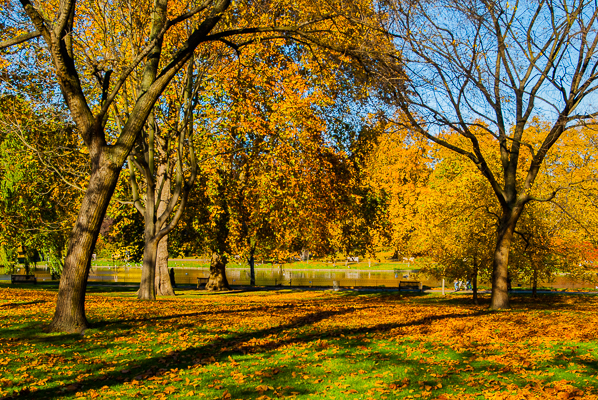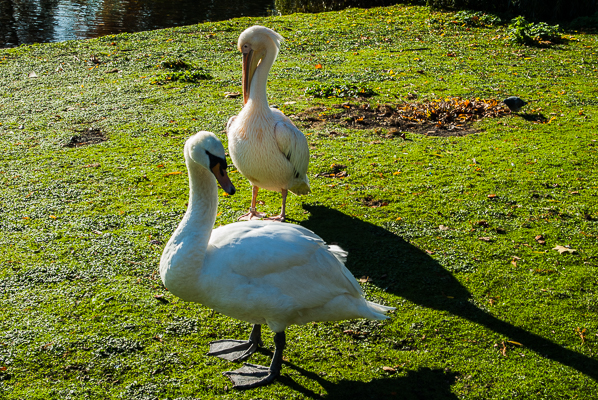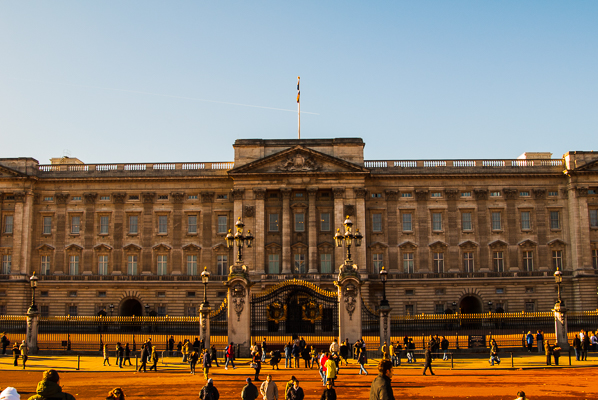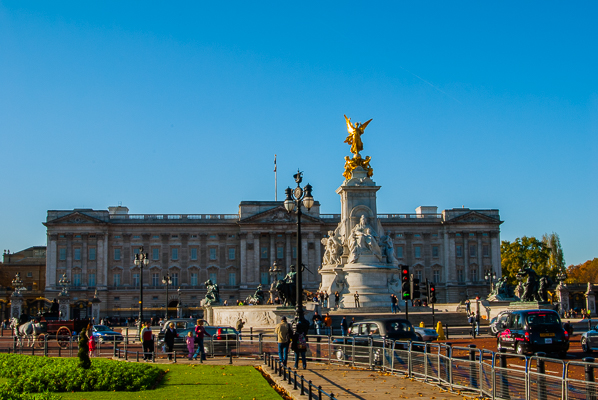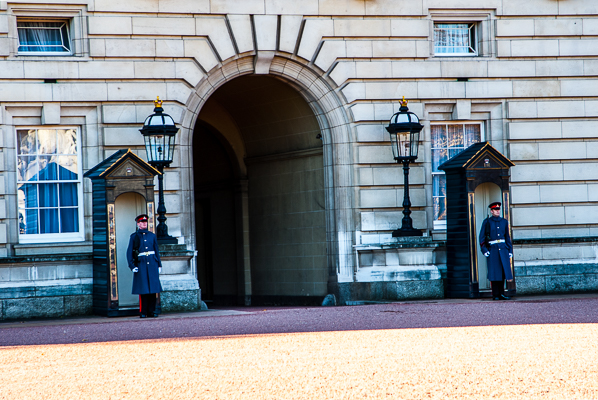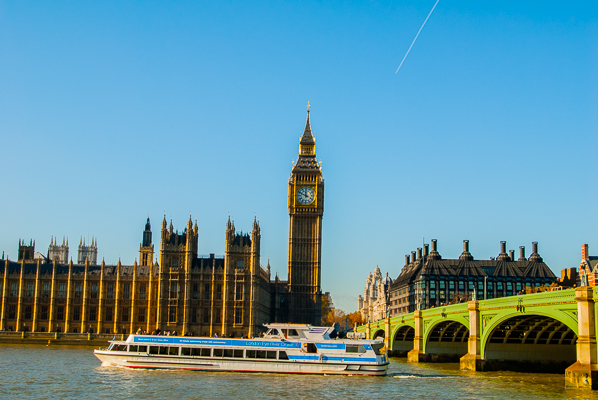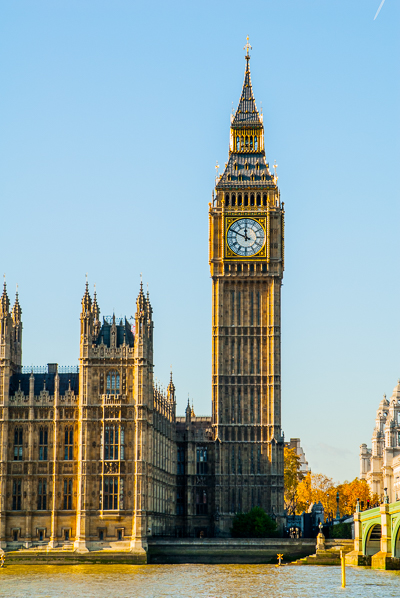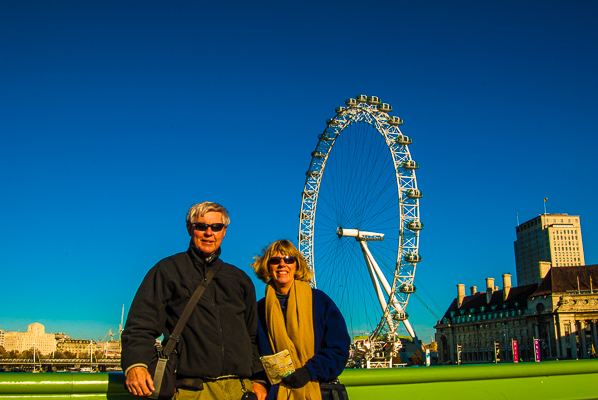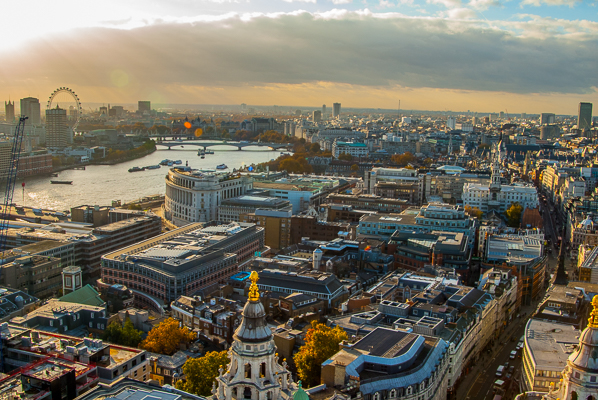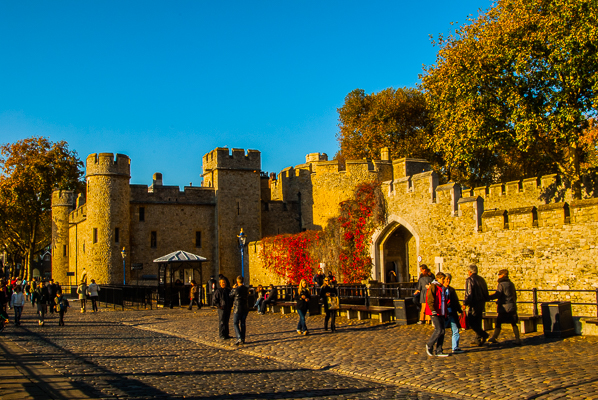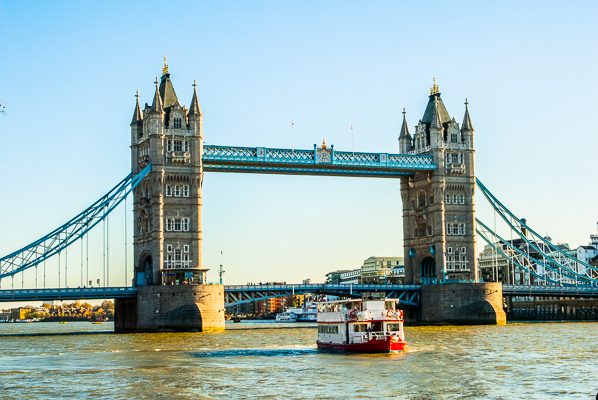Science, Photography, and Trip Reviews
.
London, Englands
Buckingham Palace, Westminster Abbey, & Houses of Parliament
Big Ben, St. Paul's Cathedral, Tower of London, & White Tower
Tower Bridge, London Eye, Crown Jewels, & Kensington Gardens
Regent's Park, Hyde Park, Green Park, St. James Park, & River Thames
|
Regent’s Park. |
Contact Us
Regent’s Park
London has a number of really nice parks. They are great places to visit and attractive places to go for walks. Regent's Park, northwest of the London city center, is considered to be one of the most beautiful of the parks. It is one of the Royal Parks. The idea for the park was conceived by Prince Regent, the future King George IV; he commissioned a study in 1811 that led to the park. The park consists of 410 acres (166 hectares). The London Zoo is located in the northern part of the park. An Open Air Theater is found within Queen Mary's Gardens, and several colleges are located within the park. The official residence of the U.S. Ambassador to the United Kingdom, Winfield House, is located in the western part of the park. Special areas to visit include a small lake with Japanese bridges and waterfalls surrounded by rose gardens. In addition to gardens you will find children's playgrounds, sports pitches, and boating. A picture of Regent's Park is seen above. In reviewing some of the important sights in England we start in Western London, move east through Central London and continue to Eastern London.
Kensington Gardens
Kensington Gardens is west of Hyde Park in western central London. Although the two parks are connected they are separate parks. Kensington Gargens, a Royal Park, is 270 acres (109 hectares) in size. Once the private gardens of Kensington Paiace, and intended as the playground for royalty, the park was opened to the general public more than 100 years ago. It is a very popular park as it contains Kensington Palace, the Italian Gardens, the Serpentine Galleries, the Diana, Princess of Wales' Memorial Playground, the large wooden pirate ship for children, the Peter Pan statue celebrating the fairy tale story, and the Albert Memorial to Prince Albert, husband of Queen Victoria. So there is plenty to see in this park. The Albert Memorial is directly north of Royal Albert Hall, the famous concert hall, and also named for Prince Albert by Queen Victoria.
Hyde Park
|
Hyde Park. |
Hyde Park, shown above, was created by Henry Viii in 1536 when he wanted to use it for hunting. This Royal Park with an area of 350 acres (142 hectares) it is one of the largest parks in London and is the largest park in Central London. Within the park is a lake named Serpentine that is 41 acres (17 hectares) in size. Rowboats and paddle boats are available in the lake as well as swimming. In the northeast corner of the park mass demonstrations and debates take place at Speakers Corner. People have come here to advocate their favorite causes since 1855. South of Serpentine is the Diana, Princess of Wales memorial fountain, and to the east of Serpentine is a Holocaust Memorial. Walking around the park you will find unusual sculptures to examine. Hyde Park is very popular with both locals and tourists.
Green Park
|
Green Park. |
Green Park is between Hyde Park and St. James Park. It was made into a Royal Park by Charles II. It consists of 47 acres (19 hectares) and is next to Buckingham Palace. The park is attractive with lots of trees and grassland, but does not have much else. Note the above picture. During the 1700s and 1800s the park was a popular place for fireworks. In 1749 there was a special fireworks display with Handel's Music for the Royal Fireworks, composed for the event. The park has several War Memorials with statues for the the the Canada Memorial, Bomber Command Memorial, and the Memorial Gates.
St. James Park
|
St. James Park. |
St. James Park is the oldest of the Royal Parks in London. It is the most easterly of the four parks that sit side-by-side creating a large expanse of park land. From west to east the parks are Kensington Gardens, Hyde Park, Green Park, and St. James Park. The picture above is of St. James Park. It consists of 57 acres (23 hectares) and is next to Buckingham Palace. It is also near two other palaces, namely St. James Palace and Westminster Palace, now the Houses of Parliament. The park takes its name from a leper hospital that was there dating from the thirteenth century and dedicated to St. James the Less. Henry VIII obtained the park in 1532 when he was looking for another place to hunt in. He also built St. James Palace. It was King Charles II that redesigned the park and had trees planted, lawns created, and made it a public park.
|
Ducks in St. James Park. |
Within the park is St. James Park Lake and two islands. There is West Island and Duck Island. There are lots of ducks in the park, and two are shown above. There is also a colony of pelicans which entered the park in 1664. They were given to Charles II, a gift from the Russian ambassador. The king loved to feed the waterfowl. For many years St. James Park has been the place for ceremonial and public events. During the reign of Queen Elizabeth I from 1558 to 1603 there were many public event in the park. The pageantry has continued. The annual Trooping the Colour is held there. It marks the monarch's official birthday. There also are sporting events such as cycling.
Buckingham Palace
|
Buckingham Palace as seen today. |
Buckingham Palace is the residence in London of the reigning monarch of the United Kingdom. This is also the administrative headquarter of the monarch. A picture of the palace as seen today is shown above. However, it has not always looked like this. Before there was a palace a large townhouse was built in 1703 for the Duke of Buckingham, and it was called Buckingham House. In 1761 the townhouse was acquired by King George III as a private residence for Queen Charlotte. It was then known as The Queen's House. Later the townhouse was enlarged to three wings surrounding a central courtyard. It then had the shape of a U, and the wing of the palace shown in the picture above did not yet exist. On 30 June 1837 Victoria became Queen of the United Kingdom upon the death of King William IV, her uncle. She was 18 years old. Queen Victoria was the first sovereign to take residence at Buckingham Palace.
|
The Victoria Memorial in front of Buckingham Palace. |
By 1847 Queen Victoria and her husband Prince Albert had a growing family, which eventually included nine children. They needed more room in the palace, and more room was also needed for court life. This led to the design and construction of a new wing, the large front east wing which completed a quadrangle around the central courtyard. This new wing is the one the public now sees and includes the balcony from which the royal family appears to the crowds during public events. More construction took place in the late 1800s and early 1900s. The completed east front wing is seen in the two pictures above. The picture directly above also shows the magnificent Memorial to Queen Victoria, which was completed in 1924. The statue is 104 feet (31.7 meters) wide and is made of marble and bronze. Queen Victoria died in 1901, and Queen Elizabeth II is her great-great-granddaughter.
|
Guards at Buckingham Palace. |
Guards posted outside the front of Buckingham Palace are shown in the picture above. Buckingham Palace has a total of 775 rooms. Of these there are 92 offices and 78 bathrooms. There are also 52 principal bedrooms and the staff has 188 bedrooms. The palace has a post office and for entertainment a movie theater and swimming pool. There are 19 state rooms which are used for official duties as well as entertainment. They are open to the public during much of the months of August and September plus some days during the winter and Spring. There is a Queen's Gallery which is open to the public and where some of the Royal Collection of art works are on display. Behind the palace is a 40 acre (16 hectares) private park with gardens and a lake. It is where the Queen hosts garden parties and other large functions such as jubilees or other special Royal Celebrations. There is also a tennis court.
Westerminster Abbey
|
West entrance to Westminster Abbey. |
Westminster Abbey is one of the most notable religious buildings in the United Kingdom. From 1540 to 1556 the abbey was considered a cathedral. But it ceased being an abbey or a cathedral, and instead is part of the Church of England. By virtue of a Royal Charter on 21 May 1560 Queen Elizabeth I established it as the Collegiate Church of St. Peter Westminster under the personal jurisdiction of the Sovereign. Through the years there have been several church buildings. There is a record of a church having been built on the abbey site as early as the 7th century. Later King Edward the Confessor wanted a royal burial church for himself. He began rebuilding St. Peter's Abbey between 1042 and 1052 with it being completed by about 1090. It was not until 1245 that construction of the present church began. It was done on orders of King Henry III. He wanted to be buried in the church. Construction continued for a number of years. The two western towers, seen in the picture of Westminster Abbey above, were built between 1722 and 1745.
|
North entrance to Westminster Abbey. |
Beginning with the coronation of William the Conqueror in 1066 all monarchs of England or Great Britain, that have been crowned, had their coronations in Westminster Abbey. Since 1308 every sovereign has also sat on King Edward's throner when crowned. The ceremonial chair is kept in St. George's Chapel in the Abbey. The abbey has been a popular burial site for royals and noteables. Up until the death of King George II in 1760 most kings and queens were buried there. Since 1760 most kings, queens, and members of the royal famiies have been burried either in St George's Chapel at Windsor Castle or at Frogmore to the east of Windsor Castle. It has been considered a great honor to be burried in the abbey, and national figures that have been interred there include Admiral Rober Blake in 1657, Isaac Newton in 1727, and Charles Darwin 1882. There is a tomb of the Unknown Warrior in the floor in the center of the nave near the west door., The tomb contains an unidentified British soldier killed in battle during World War I. The above picture is of the north entrance of Westminster Abbey.
Palace of Westminster - Houses of Parliament
|
Palace of Westminster - the Houses of Parliament. |
The Palace of Westminster, named after Westminster Abbey to the west of it, is also called the Houses of Parliament. It contains the House of lords and the House of Commons. The royal law courts are also found there. It is located on the north bank of the River Thames and is in central London. It is owned by the monarch, and is considered a royal residence, which is once was. There have been several royal palaces. The first palace was built on the site in the 1000s and became the residence of the monarchs of England. The first Official Parliament of England met there in 1295. Since then the Palace has been where almost all English Parliaments have met, and after 1707 where British Parliaments have met. The Royal Courts have continued to meet there as well. The picture above is of the Palace of Westminster. The building is so long that even when the picture is taken from across the river you cannot capture all of it without a wide angel lens.
|
Houses of Parliament, Big Ben, and Westminster Bridge over the Thames River. |
In 1512 a fire seriously damaged the Palace complex. At that time it ceased to be a residence for monarchs. In 1834 the complex of rebuilt Houses of Parliament and other medieval buildings were mostly destroyed by an even worse fire than before that started in an overheated stove. Only Westminster Hall, which was built in 1097 has survived all these years. In 1840 the foundation stone for the New Palace was laid. The House of Lords Chamber was finished in 1847 and the House of Commons Chamber five years later. Construction of the present Palace was not completed until about 1870. During the Second World War the House of Commons was destroyed by a bomb that set it afire, the roof of Westminster Hall was set afire, and three people were killed. They were able to save Westminster Hall. The very large Palace has more than 1,100 rooms. The above picture shows the Palace with respect to Westminster Bridge.
|
The Elizabeth Tower, known as Big Ben. |
The Houses of Parliament building has three important towers. Of these the most well known tower is commonly referred to as Big Ben, named after its main bell. It is also called the Clock Tower, and in 2012 it was named the Elizabeth Tower in honor of the Diamond Jubilee of Queen Elizabeth II. Big Ben, pictured above, is located on the north end of the Palace and rises to a height of 316 feet (96 meters). It is a famous landmark in Central London. The Great Clock of Westminster was installed in 1859 and is reported to be accurate to within one second when the bell sounds. Each clock dial has a diameter of 23 feet (7 meters). The largest and tallest of the towers is the Victoria Tower named after Queen Victoria. It is located on the southwest corner of the Palace. It is a square tower reaching a height of 323 feet (98.5 meters). It serves as the royal entrance to the Palace. In the center of the Palace rising above the central lobby is the third tower. It has an octagonal shape and is 299 feet (91 meters high.
London Eye
|
Sunny and Rebecca on Westminster Bridge with the London Eye in the background. |
In the picture above we are standing on the Westminster Bridge with the the London Eye, a Ferris wheel, in the background. Located on the south bank of the Thames River the London Eye is the most popular paid tourist attraction in England. It is big with a wheel diameter of 394 feet (120 meters) and is 443 feet (135 meters) tall. There are 32 air conditioned passenger capsules, each holding 25 passengers, attached to the outer circumference of the wheel. Each capsule weighs ten tons and the wheel is turned by electric motors.
St. Paul's Cathedral
|
View of London from the Golden Gallery of St. Paul's Cathedral. |
St. Paul's Cathedral sits on Ludgate Hill, the highest hill in London. It is the mother church of the Diocese of London. Its dedication to Apostle Paul follows from the dedication of the first church built on the site in AD 604. The fourth St. Paul's Church, known as Old St. Paul's, was built by Normans following the fire of 1087. Because of another fire in 1138 the Cathedral was not finished until 1240. The Protestant Reformation under Henry VIII and Edward VI led to some destruction of the Cathedral and the loss of buildings in the complex. Lightning struck and destroyed the spire of the Cathedral in 1561 causing both Protestants and Roman Catholics to conclude that it was a signal from God of his unhappiness with the fighting between them. In 1666 the Cathedral was heavily damaged in the Great Fire of London. A decision was made in 1668 to build a great new Cathedral for London, the result being the present Cathedral finished in 1708. There is a charge to tour St. Paul's where you see the Cathedral, the underground crypt, and the galleries high above the street. We climbed to the three galleries. After climbing 257 steps above the Cathedral floor you reach the Whispering Gallery. It runs around the interior of the dome. When someone whispers at the wall it can be heard on the opposite side of the dome. Continuing your climb to 376 steps above the Cathedral floor you reach the Stone Gallery, which goes around the outside of the dome. To get to the Golden Gallery you climb 528 steps above the Cathedral floor. It runs around the outside of the dome at 364 feet (111 meters) above London. From there you get great views of the city as seen in the picture above.
Tower of London
|
The Tower of London. |
The Tower of London, located in central London on the north bank of the Thames River, has an extensive and interesting history lasting more than 900 years. The White Tower, the main focus of the castle complex, was built by William the Conqueror in 1078 after the Normans conquered England. The Tower was built mainly as three wards, or enclosures, in separate phases. The White Tower is in the innermost ward. It is surrounded on three sides by a complex of buildings referred to as the inner ward. The third ward is a massive wall that surrounds the entire complex that fortifies the castle protecting its inhabitants. It was built as a grand palace and in the early years was the royal residence. Many wild animals were kept at the Tower. In fact, is was a Royal Menagerie. In early medieval times it was the custom for different countries to give the monarch gifts of animals. Lions, a polar bear, and an elephant were the first ones received. The number of species kept there grew to sixty, including alligators from America. Through the years the Tower has served as a Royal Mint, treasury, public record office, prison. and an armory. It is also where the Crown Jewels are kept., This includes the Great Star of Africa, the 530.2 carat Cullinan I diamond. It is the largest colorless cut diamond in the world. It is mounted on the Sovereign’s Scepter with Cross. There are many other fine jewels in the collection, and they are worn by the Kings and Queens on special ceremonial occasions. The Tower has been restored to the way it was in medieval times. In size it is about 12 acres (4.9 hectares) in area. Taking a tour with costumed Yeoman Warders and hearing their tales of happenings at the Tower is highly recommended. You also want to walk the outer stone wall battlements to investigate the Medieval Palace and the different towers. Be sure and look for the ravens. There is a legend that states that if the resident ravens leave the kingdom and Tower will fall. The entrance to the Tower of London is shown above.
|
The Tower of London's outer wall with two of the many towers. |
Built in 1066 by William the Conqueror the White Tower is the heart of the Tower of London Castle complex. It is a large tower at 118 by 105 feet (36 by 32 metres) at its base excluding its corner towers. It was built strongly fortified to protect its inhabitants from an enemy, and is therefore a keep. A keep is defined as a fortified residence, in this case for a monarch, to be used as a refuge in the event the rest of the castle falls. In 11th century Medieval Europe it had no equal. Of all the castle keeps in the world the White Tower is one of the most famous. It was built to intimidate the citizens of London after they were conquered by the Normans and to lessen the chances of a foreign invasion. The White Tower was a dominant sight on the banks of the Thames River. A number of things of interest are found in the White Tower. The Royal Armories including those of Kings are on display there. The block and axe thought to have been used in the last public execution on Tower Hill in 1747 is there. It is likely that prisoners were interrogated and tortured in the basement of the White Tower. It is also where you will find the famous Chapel of St. John's. The Tower of London contains many small towers, and two are seen in the above picture.
|
The Tower of London's outer curtain wall. The curtain wall of the inner ward is also seen. |
Prisoners were held at the Tower of London and many of them were executed. This was especially true during the 1500s and 1600s. Most executions were public and carried out on the Tower Hill. Anyone famous was executed within the Tower out of the pubic eye. The same was true for anyone that was thought to have a lot of public support. Three Queens of England were executed in the Tower. They were Anne Boleyn (1536) and Catherine Howard (1542), both wives of Henry VIII, plus Lady Jane Grey (1554). Sir Walter Raleigh was held prisoner in 1603 and later executed there. Those executed were usually beheaded. Prince Edward V and his younger brother Prince Richard were held prisoner in the Tower by their uncle the Duke of Gloucester. The Duke wanted to be King and wanted his nephews out of the way. The boys disappeared around 1483 and are though to have been murdered in what is called the Bloody Tower. The Duke was crowned King Richard III of England. Elizabeth was held prisoner in the Tower by her half-sister, Queen Mary I. But her fate was a happy one as she was later crowned Queen Elizabeth I of England.
Tower Bridge
|
Tower Bridge. |
The Tower Bridge crosses the Thames River near the Tower of London, which gives the bridge its name. It was built from 1886 to 1894. With reference to the picture of the Tower Bridge above it can be seen that it contains two twin towers. Each tower is 213 feet (65 meters) high and rests on piers which contain massive amounts of concrete sunk into the riverbed. The distance between the towers is 200 feet (65 meters). The lower level central span is split into two equal bascules or leaves. Each leave can be raised to an angle of 86 degrees to allow ship traffic to pass through. At the upper level the towers are tied together by two horizontal walkways. The walkways and towers contain an exhibition of the history of the bridge. There is a charge for the exhibition. The entrance is on the west side of the bridge to the north tower where an elevator takes you to the upper walkways. From the lofty position you can see views of the city. Connecting the lower center bridge from the towers to land are suspension bridges each 270 feet (82 meters) long. The overall length of the bridge itself is 800 feet (240 meter). The main bridge has two lanes of pedestrian traffic separated by two lanes of road traffic. Fences separate the walkways from the road traffic.
Photo of us by an unknown tourist. Remaining photos by Sunny Breeding. We sell prints and images.
